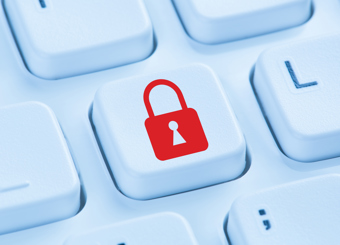Medius Blog


7.8.2025
Accounts Payable
The emerging risk of AI-driven invoice fraud in enterprise finance


6.30.2025
Accounts Payable
How AI is enhancing OCR to enable touchless invoice processing at scale


6.24.2025
Travel & Expense
How to create an expense policy that works – and enforces itself

6.19.2025
Spend Management
Bundling for efficiency: why AP, procurement, and payments work best together

6.17.2025
Accounts Payable
AP automation & cybersecurity safeguards for sensitive financial data


6.10.2025
Accounts Payable
What finance teams expect from their AP software (and how UX is catching up)

